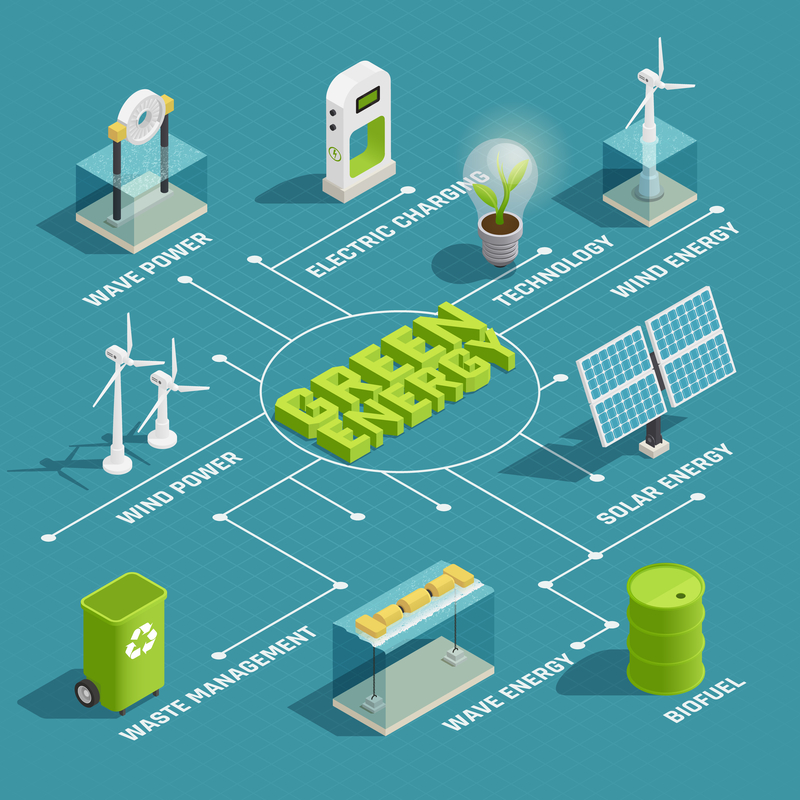Transitioning to green energy often presents challenges. Nations are reluctant to mandate change, because it often makes it much harder for industry to prosper.
Business often fights change, because commercial performance is of prime importance. They may be more willing to take regulatory penalties than manage the cost and difficulty of sustainable solutions. Consequently, the transition to green energy becomes a balancing act, not a forward thinking, necessary effort.
The move towards green is also much tougher for developing nations. With fewer resources, they can’t switch gears easily and certainly not if it disrupts their primary growth drivers.
Furthermore, the geopolitical position held in some regions makes it very difficult to establish supply chains to fuel green energy transition. This is particularly true when much of the world’s rare earth minerals critical to most modern technologies are in non-democratic countries.
Finally, rare-earth elements are difficult to extract from the Earth’s crust and to separate from one another. At the moment, they’re expensive, making going green costly and waste management and recycling efforts crucial.
A Better Approach to Green Energy Transition
Luckily, nations and business can access diverse technologies to address these challenges. EarlyBirds can connect nations and energy producers with tools at various levels of maturity and readiness for mass production.
By bolstering technological prowess and increasing capability, the switch to green energy can occur seamlessly and more affordably. Technologies are available to address the three core elements of green energy production, storage, and distribution.
Core Elements of Green Energy
The core elements that make up green energy are green electrons, green molecules, and green bits. This division of roles makes it possible to target and plan change.
Green electrons – energy produced from alternative sources such as solar, wind, wave, geothermal, biogas, and hydropower. These electrons traverse the grid and can be stored for future use.
Producing green electrons from renewable energy sources can significantly lower greenhouse gases. In turn, this reduces our reliance on fossil fuels, the primary cause of global climate change.
Green molecules – these molecules store energy in batteries or act as fuel. They produce little, zero, or negative amounts of greenhouse gases. A more robust energy grid which allows more individuals to contribute to energy production, rather than drawing on resources.
As an example, investments in high-density batteries can lead to greater green energy storage and reduce or eliminate greenhouse gases. Advancements continually ramp up capacity at a groundbreaking rate.
Green bits –the digital services that control a green energy infrastructure. They can facilitate the green energy transition, reduce costs, and improve efficiency. This can reduce energy needs in plants, factories, offices, and vehicles.
Cloud computing, application modernization and integration, business process management, and data integration all offer possibilities for the transition to green.
Accessing Green Energy Transition Solutions
Transitioning to green energy is vital to nations and business. Nonetheless, it can be difficult to know where to start and how to connect to create success.
Organizations need to tap into innovative solutions for a wise and economical transition to green energy. Fortunately, EarlyBirds offers three methods for interested partied to network with startups, scaleups, and established innovative companies.
EarlyBirds Innovation Ecosystem
Our award-winning Innovation Ecosystem earned us the title of Global Open Innovation Platform of the Year 2023. We unite Innovators, Early Adopters, and Subject Matter Experts (SMEs) to fuel rapid innovative adoption and business evolution.
Early Adopters are leaders or influencers in an organisation eager to identify new and disruptive technologies. They want to seize opportunities, solve business challenges, or create new products and services.
EarlyBirds can help these Early Adopters break down the energy transition market into core themes across the topics of electricity, fuel, and needed digitization. EarlyBirds creates unique and practical innovation maps based on any one of these topics and then dynamically populates them with data from a pool of over 4.8 million global innovations. Organisations may choose to list their challenges and request solutions from innovators instead.
EarlyBirds Explorer Program
The Explorer Program is tailored towards those who need innovation as a service to supplement existing innovation programs, or to conduct innovation projects when required.
EarlyBirds Challenger Program
The Challenger Program focuses on a single organisational or technical challenge. It looks for the most relevant innovators that meet your organisational, technical, and risk requirements.
The program is run by an EarlyBirds Subject Matter Expert who identifies your key issues. The SME then searches the data pool to identify and curate options for further evaluation. The most suitable option is chosen and the SME drafts a roadmap of next steps, POC, trial, or implementation.
*****
EarlyBirds offers efficient, organized, and automated innovation roadmaps. Let us help you streamline workflows and enable cross-functional teams to ensure your organisation can discover, assess, and implement new green technologies, seamlessly.
Your organisation can overcome technological gaps, understand industry products and trends, and connect with the right innovators and experts to create a capability edge now.
If you’re interested in exploring the business possibilities, please register at https://earlybirds.io/.
